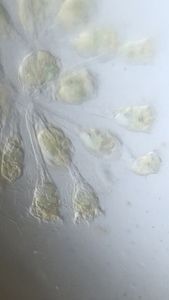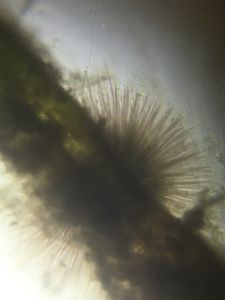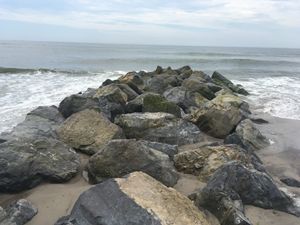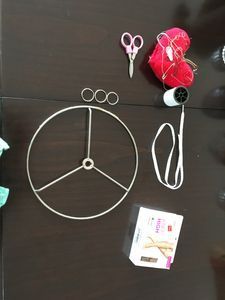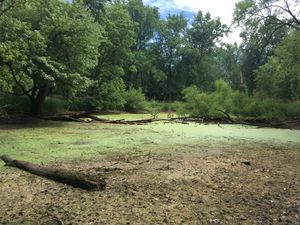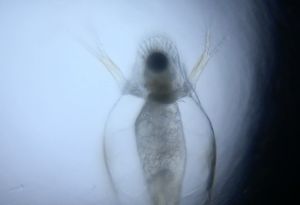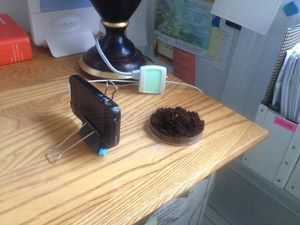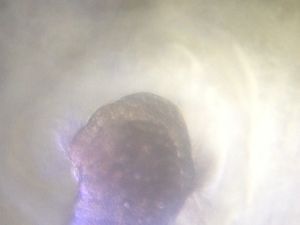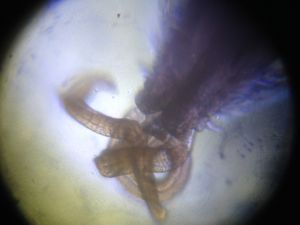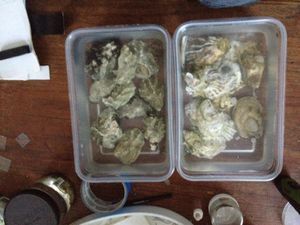Imagining a Divergent Path
 Dec 19, 2016 • 11:13 AM UTC
Dec 19, 2016 • 11:13 AM UTC Unknown Location
Unknown Location 140x Magnification
140x Magnification Unknown
Unknown
Matthew Rossi
I'm a novelist, essayist, and a writing consultant. I work in the writing centers at Columbia and Baruch University and explore research into the overlap of maker cultures and writing. My work with the Foldscope tends to focus on finding wild creatures in urban spaces and looking at how human works are shaped by the movements of the biosphere.
40posts
105comments
4locations

The volvox might be the most exciting bit of algae I’ve ever looked at. Tumbling through a sample of pond water collected from the surface in the morning, the volvox looks like a creature devised from the mind of a minimalist painter. A simple ball of green dots with some splotches of green dabbed in the center to offset the geometric perfection of the outside. Having tried to paint it, I can say with certainty it is a difficult thing to paint, despite the apparent simplicity of its form.


But the volvox’s visual simplicity belies an organism of extraordinary complexity. For one thing, can a volvox even properly be called an “organism”? Or rather can it be called “an” organism. Like so many of the creatures that live in the microcosmos, the volvox might better be called a complex cooperative of organisms. Not so much a single thing as a colony of differentiated cells working toward a collective goal.
Within these minute stellar spheres live cells for reproduction and cells for feeding and locomotion. In the most rudimentary way, they are a body carting around its reproductive cells from food source to food source. And yes, they move. Quite actively, in fact.
Within these minute stellar spheres live cells for reproduction and cells for feeding and locomotion. In the most rudimentary way, they are a body carting around its reproductive cells from food source to food source. And yes, they move. Quite actively, in fact.
Unlike some creatures from the microcosmos, the volvox makes active use of hundreds of tiny, invisible flagella connected to tiny eyespots to find the light they need to make food to make more volvoxes. In this way, they seem to me to straddle the line between single organism and colony: they are a colony that works together very closely or they are a single organism of incredible simplicity.
The volvox seems like it represents a moment in evolution when creatures moved from being separate and colonial toward being truly multicellular. It represents, also, a moment of divergence, a path not taken on the evolutionary road. As a plant, they move from place to place in search of light. So perhaps there was a moment some time back, when the course of evolution might have moved us toward a world in which the divide between animals and plants was less obvious than we think it is. Where some species of plant would have been motile, roaming from place to place in search of water and evolving cleverer ways of gathering it than through their roots. Just as some species of animals still cling to rocks and live out their lives in a single place, letting tides full of protein and nutrients drift across their mouths.
It is my favorite game in this way to consider the other possible narratives that might have played out in evolutionary history, to wonder where that divergence would have gone and what our world would have looked like with it.
The volvox seems like it represents a moment in evolution when creatures moved from being separate and colonial toward being truly multicellular. It represents, also, a moment of divergence, a path not taken on the evolutionary road. As a plant, they move from place to place in search of light. So perhaps there was a moment some time back, when the course of evolution might have moved us toward a world in which the divide between animals and plants was less obvious than we think it is. Where some species of plant would have been motile, roaming from place to place in search of water and evolving cleverer ways of gathering it than through their roots. Just as some species of animals still cling to rocks and live out their lives in a single place, letting tides full of protein and nutrients drift across their mouths.
It is my favorite game in this way to consider the other possible narratives that might have played out in evolutionary history, to wonder where that divergence would have gone and what our world would have looked like with it.
Sign in to commentNobody has commented yet... Share your thoughts with the author and start the discussion!
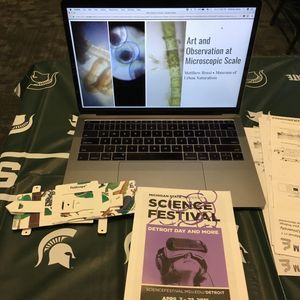
 0 Applause
0 Applause 0 Comments
0 Comments



